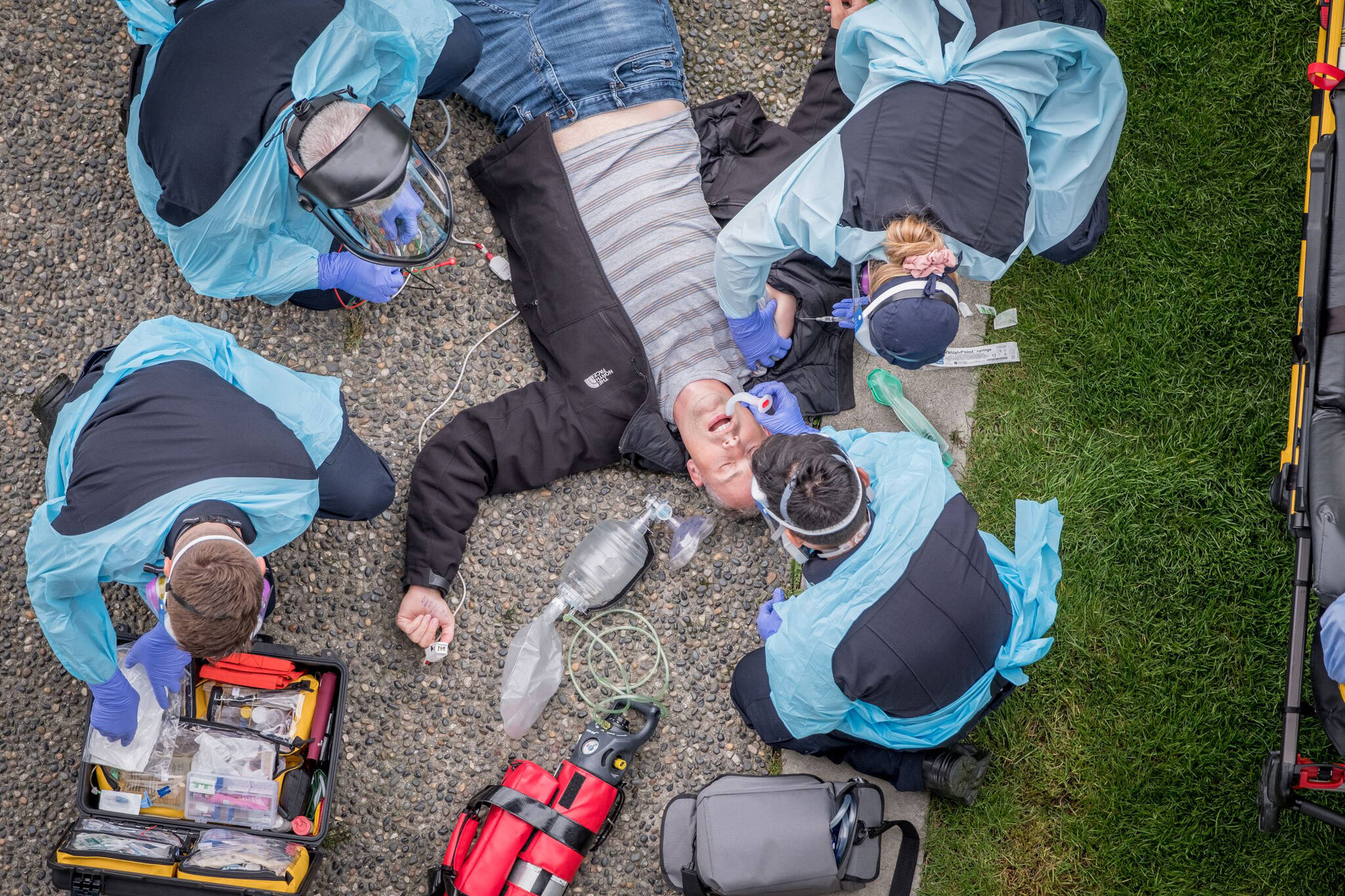A recent study of emergency room visits in Fraser Health has resulted in recommendations for opioid treatments going forward, including offering counselling along with prescriptions.
The study looked at nearly 300,000 ER visits between 2012 and 2018, and dialed in on illicit overdose risks that people are likely to experience after being prescribed opioids for injuries.
It explores the relationship between injury, opioid prescribing, and drug poisoning, as a toxic drug supply continues to take lives in B.C.
In a press release Wednesday, Fraser Health says the study has shed new light on those risks. The report of the findings is titled “Risk of non-medical drug overdose following prescription of opioids post-injury: A retrospective cohort study is a collaboration between Fraser Health, the City of Surrey, UBC and the BC Injury Research and Prevention Unit,” and is available on the Statistics Canada website.
The overdose epidemic has already changed how opioids are prescribed.
“In recent years there has been a reluctance to prescribe opioids following an injury due to concerns about dependency or risk of overdose,” says Dr. Aamir Bharmal, study co-author and medical health officer, Fraser Health. “Our data suggest that for those prescribed opioids who haven’t received them previously, there is an increased risk of drug poisoning from an opioid prescription, but this risk is lower than other known contributing factors like younger age, being male, and lower income.”
There are several key findings of the study.
It found that 70 percent of people who visited the ERs with an injury were not prescribed opioids. The most important predictor for being prescribed opioids following an injury was having been prescribed opioids prior to the injury.
And for those with no known history of opioid use, those prescribed opioids for an injury following an emergency department visit were 27 per cent more likely to suffer a non-medical drug poisoning than those who were not prescribed opioids or opioid agonist therapy (OAT).
Men under 35 in lower income brackets have the highest risk of overdose. This is consistent with data from the B.C. Coroner’s Service indicating that men between 30-39 years of age suffer the most overdose deaths, with decreasing rates for older age groups.
The report also examines the role of opioids being prescribed for workplace injuries.
While some literature suggests that workers injured on the job are at higher risk of overdose than their non-injured counterparts, the data from this report now show that injuries occurring outside of the workplace pose a higher drug poisoning risk.
People injured on the job were 18 per cent less likely to be prescribed opioids and 38 per cent less likely to suffer a drug poisoning event than those who sustained injuries outside of the workplace.
“We found that to some extent, being injured on the job had a protective effect,” says Dr. Ian Pike, professor in UBC’s department of pediatrics and director of the BC Injury Research and Prevention Unit. “It’s possible that more frequent monitoring of workers along with better access to non-pharmaceutical pain management and allied health services may lead to improved recovery and lower risk of drug poisoning.”
The research team recommends careful consideration be given to prescribing opioids for the purposes of pain management following injury, especially for those most at risk — those with known opioid dependence or opioid use disorder. For those at highest risk in pain, researchers advocate for mental health supports, such as counselling, and active monitoring given the impact that stressful life events, like unmanaged pain, can have on drug relapse and poisoning risk.
“Especially for those on OAT, we need to ensure an individual’s pain needs are met and they are not turning to the toxic drug supply, says Dr. Bharmal. “Doing so has tragic consequences, and leads to more drug poisoning deaths.”
READ MORE: Black Press Media launches updated Overdose Prevention resource guide
@CHWKcommunity
jessica.peters@abbynews.com
Like us on Facebook and follow us on Twitter.
Want to support local journalism during the pandemic? Make a donation here.

